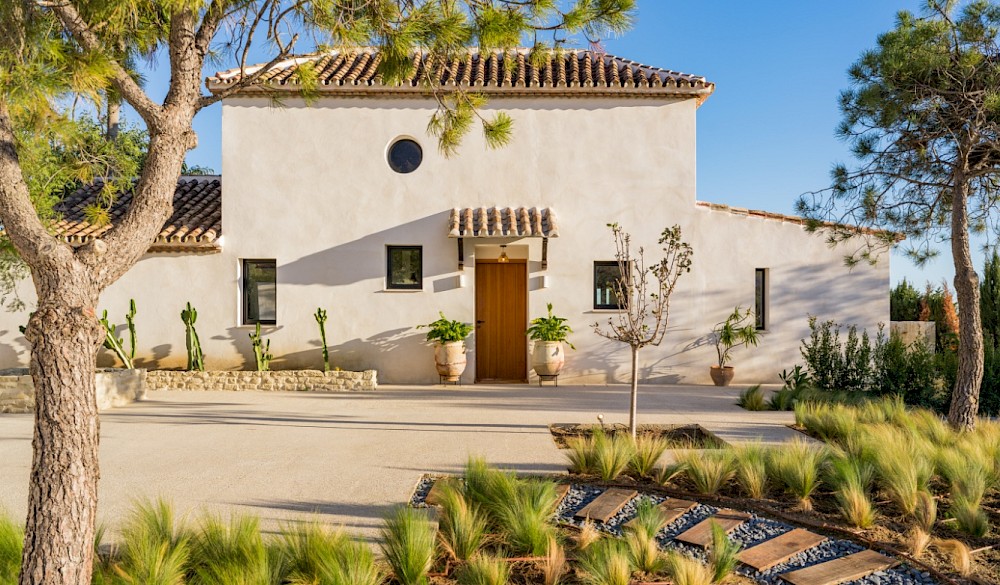Spain has reclaimed its status as one of the most attractive markets for global real estate investors.
That is one of the main take outs from the 2025 edition of SIMA, the international conference held in Madrid in May, that brought together international experts in the field of residential property,
In a market increasingly fuelled by international capital, luxury housing continues to be a driving force. Data from The Simple Rent indicates a 28% annual rise in high-end property sales, with domestic hot spots ranging from Madrid’s Salamanca and La Moraleja districts while, closer to come, Marbella and Sotogrande are regarded as the most desirable locations.
The Costa del Sol is undergoing a significant transformation that positions it at the forefront of the Spanish property market. This region has evolved into one of the most dynamic and attractive areas for both investment and residential property, especially among international buyers.
This trend is backed by the data. Málaga and its surrounding areas have emerged as some of the most exclusive real estate markets in Spain. Recent statistics reveal that a staggering 84.5% of mortgages granted to foreign buyers in Spain are for second homes, with more than a third of these properties located in Andalusia.
Several other factors are contributing to this new chapter in the region's real estate landscape. The rise of remote working, increased international mobility, and the growing presence of digital nomads – the current buzzword in Spain - have all played a significant role. Málaga, which boast a state-of-the-art technological infrastructure and convenient air links to over 140 destinations across 40 countries, has become an attractive hub for professionals seeking a high quality of life without sacrificing global work opportunities.
While Madrid and Barcelona are still the main focus, other Spanish cities like Valencia and Málaga are rising stars on the investment radar. Experts at SIMA highlighted the role of economic growth, international appeal, and “micro-market” understanding in driving newcomers into the limelight.
Importantly, much of this inbound investment is happening via joint ventures, co-investment structures, and participation in listed developers. In this way, foreign capital not only flows into Spanish real estate but helps shape its evolution—supporting regeneration projects, affordable housing delivery, and innovative rental schemes.
This evolution is also reflected in the changing demographics of international buyers. The average age of these buyers is trending younger, with a noticeable shift from traditional retirees to families and professionals aged between 35 and 55. Executives and entrepreneurs, particularly from the UK, the Netherlands, and the US, are increasingly drawn to the region.
From a nationwide perspective, Spain is hugely popular with Latin Americans, accounting for 41% of foreign purchases in this segment—especially buyers from Mexico, Colombia, and Venezuela—while 26% come from Western Europe. Their motivations are clear: lifestyle, access to EU residency, and a stable legal environment.
Prices continue to set new records as well. At SIMA, Sonia Campuzano, CEO of The Simple Rent, commented “Every week a property sets a new price record and sells almost immediately. In prime locations, buyers sometimes wait months just to buy one specific home.”
Other attendees confirmed that this segment is behaving as a “safe haven” for wealth protection—resisting broader economic slowdowns and interest rate shocks thanks to high liquidity and growing appetite from international ultra-high-net-worth buyers.
The message is clear. Spain, and in particular the Costa del Sol is more than just a sunny place to buy a home. It is a vibrant and rapidly evolving market that is shaping the future of the Spanish property landscape. With a combination of a superb climate, strategic location, and a diverse, dynamic buyer profile, the region is poised to remain a major focal point of interest for investors and residents alike.






